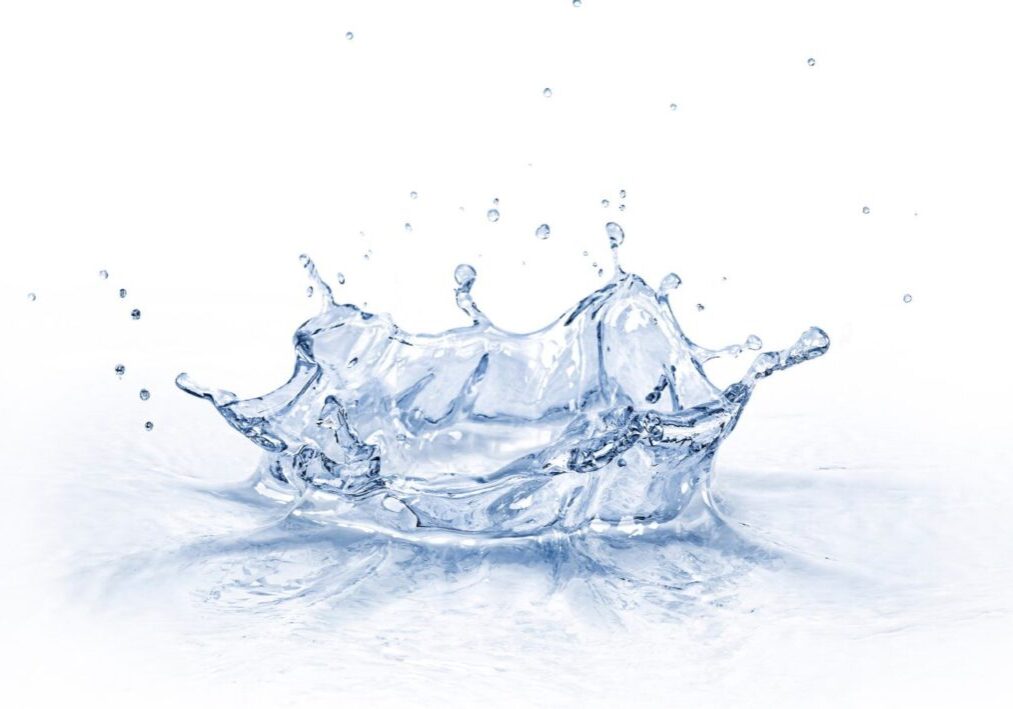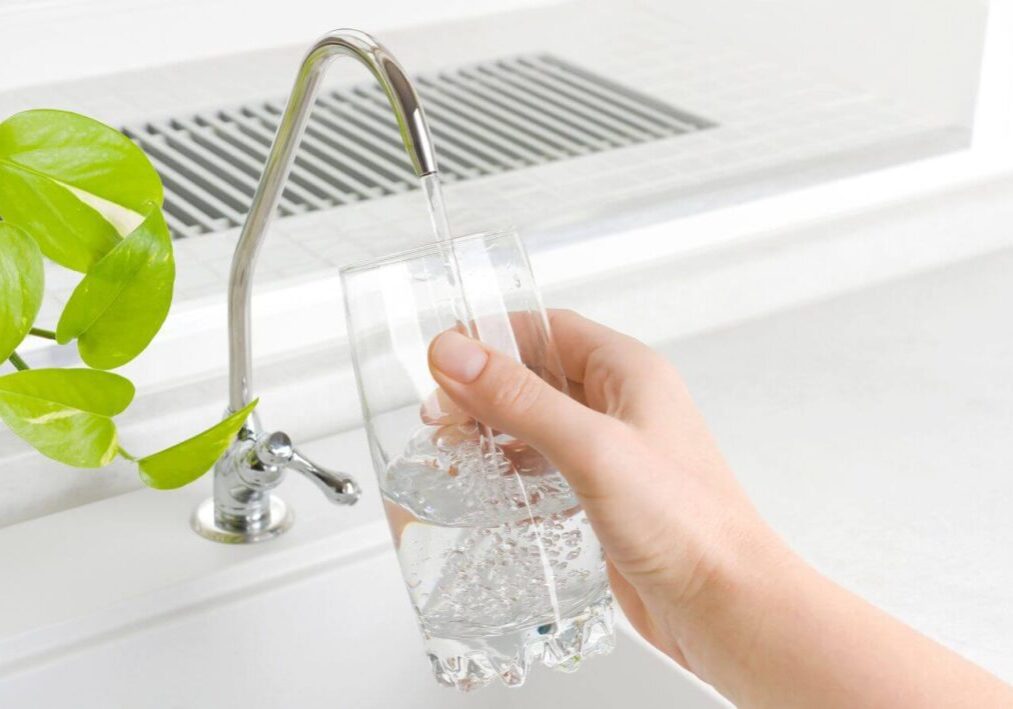29 Dec 2023
Understanding Water Treatment Methods for Clean & Safe Water
In a world where the quality of our water directly impacts our well-being, understanding water treatment methods is crucial. Join us on a journey to demystify the art and science behind ensuring that the water flowing from your tap is not just clear but safe for consumption. From the basics to advanced treatments, we’ll dive into the world of water treatment methods, shedding light on the processes that transform ordinary water into a source of vitality.
Why Water Treatment Matters
Before we plunge into the fascinating world of water treatment methods, let’s grasp why it’s a vital aspect of our daily lives.
- Health Assurance: Clean water is fundamental for our health. Waterborne contaminants can lead to various illnesses, making effective water treatment a necessity. Water treatment involves the process of removing or reducing harmful substances and microorganisms from water sources. This can include filtration, disinfection, and chemical treatment methods to ensure that it is safe for consumption. Additionally, proper water treatment also helps to prevent the spread of waterborne diseases and improve overall public health.
- Environmental Responsibility: Responsible water treatment contributes to the conservation of ecosystems. Properly treated water, when returned to nature, minimizes the impact on aquatic life and surrounding environments. It also helps in maintaining the overall balance of the ecosystem by preventing the contamination of water sources and reducing the risk of waterborne diseases. Additionally, responsible treatment practices promote sustainable use of resources, ensuring its availability for future generations.
- Safe for Daily Use: Whether for drinking, cooking, or bathing, treated water ensures that every drop you use is free from harmful impurities, giving you peace of mind in your daily activities. With advanced filtration systems and disinfection methods, treated water goes through a rigorous process to remove contaminants and bacteria, making it safe for consumption and minimizing the risk of waterborne diseases. Additionally, the use of treated water in household chores like washing dishes or doing laundry helps maintain cleanliness and hygiene standards in your home.
Common Water Treatment Methods
1. Filtration:
- How it Works: Filtration involves passing water through a physical barrier or medium that captures impurities. This can include sand, charcoal, or specialized filters.
Filtration is a common water treatment method that involves passing water through a porous material, such as sand or activated carbon, to remove impurities and particles. The porous material acts as a physical barrier, trapping contaminants and allowing only clean water to pass through. - Benefits: Effective in removing large particles, sediments, and certain contaminants.
This method is effective in removing sediment, dirt, and larger particles from the water, improving its clarity and taste. Additionally, filtration can also remove certain bacteria and parasites, making the water safer to drink. Furthermore, filtration can also help to reduce the presence of chemicals and heavy metals, improving its overall quality. Also, this method is relatively simple and cost-effective compared to other water treatment methods, making it accessible for both individual households and larger communities.
2. Chlorination:
- How it Works: Chlorination adds chlorine or chlorine compounds to eliminate bacteria, viruses, and other microorganisms.
Chlorination is a water treatment process that involves the addition of chlorine to disinfect and kill harmful microorganisms present. The chlorine reacts with bacteria, viruses, and other pathogens, effectively destroying their cellular structure and preventing them from causing waterborne diseases. Additionally, chlorination also helps to remove unpleasant odours and tastes, providing a safer and more pleasant drinking experience. - Benefits: A cost-effective method widely used for disinfection in water treatment plants.
Chlorination is a highly effective method for disinfection in water treatment plants due to its affordability and widespread use. It not only eliminates harmful microorganisms but also helps to improve the overall quality by eliminating unpleasant odours and tastes. This makes chlorination a reliable and efficient solution for providing safe and enjoyable drinking water to communities.
3. Reverse Osmosis (RO):
- How it Works: RO involves pushing water through a semi-permeable membrane to remove contaminants, ions, and particles.
Reverse osmosis (RO) is a water purification process that uses a partially permeable membrane to remove ions, molecules, and larger particles from drinking water. This process works by applying pressure to the water, forcing it through the membrane and leaving contaminants behind. The result is clean, purified water that is free from impurities and safe for consumption. - Benefits: Highly effective in removing dissolved salts, minerals, and contaminants, producing high-quality drinking water.
In addition, RO is capable of removing harmful substances such as lead, arsenic, and bacteria from the water. This makes it an ideal choice for areas with poor water quality or where access to clean drinking water is limited. Furthermore, the process of RO is energy-efficient and does not require the use of chemicals, making it a sustainable and environmentally friendly option for purification.
4. UV Water Treatment:
- How it Works: Ultraviolet (UV) light is used to inactivate bacteria, viruses, and other microorganisms by disrupting their DNA.
UV water treatment is a process that uses ultraviolet light to disinfect water by killing or inactivating harmful microorganisms. The UV light damages the DNA of these microorganisms, preventing them from reproducing and causing illness. This method is effective in treating various types of water sources, including well water, municipal water, and even rainwater. - Benefits: A chemical-free method that doesn’t alter the taste or odor of water.
UV water treatment is also environmentally friendly, as it does not produce any harmful byproducts or waste. Additionally, UV treatment is a cost-effective solution, as it requires minimal maintenance and has low operating costs compared to other water treatment methods.
5. Distillation:
- How it Works: Distillation involves heating water to create steam, which is then condensed back into liquid form, leaving impurities behind.
Distillation is a process that involves separating mixtures based on their different boiling points. It works by heating the mixture to vaporize the components with lower boiling points, and then condensing them back into liquid form. This allows for the isolation and purification of desired substances from the mixture. - Benefits: Effective in removing contaminants with a high boiling point, producing purified water.
Distillation is commonly used in industries such as pharmaceuticals, oil refineries, and beverage production to obtain pure substances. Additionally, it is a widely used method for producing alcoholic beverages, as it allows for the separation of alcohol from other components in the mixture.
Advanced Water Treatment Technologies
1. Ozonation:
- How it Works: Ozone is introduced into water to break down and remove impurities. It’s a powerful oxidizing agent.
- Benefits: Effectively removes organic and inorganic contaminants, providing comprehensive water purification.
2. Ion Exchange:
- How it Works: Ion exchange involves replacing unwanted ions in the water with ions that are more desirable or less harmful.
- Benefits: Particularly useful for softening water by removing calcium and magnesium ions.
3. Activated Carbon Adsorption:
- How it Works: Activated carbon adsorbs impurities by attracting and holding them on its surface.
- Benefits: Effectively removes organic compounds, chlorine, and some heavy metals.
4. Electrodialysis:
- How it Works: Electrodialysis uses an electric field to move ions through ion-selective membranes, separating impurities.
- Benefits: Particularly useful for desalination and removing minerals.
Choosing the Right Water Treatment Service in Chehalis
Now that we’ve uncovered the secrets behind various water treatment methods, let’s discuss how to choose the right water treatment services in Chehalis or any locality.
- Water Analysis:
- Reputable services begin with a thorough analysis to identify specific contaminants and determine the most suitable treatment methods.
- Certifications and Compliance:
- Ensure that the water treatment service complies with local and national regulations. Certifications and adherence to standards are indicators of their commitment to quality.
- Tailored Solutions:
- Look for a service provider that offers customized solutions based on your analysis. One size does not fit all in water treatment.
- Transparent Pricing:
- Choose an expert service provider with transparent pricing. Avoid hidden fees, and make sure you understand the costs associated with the proposed treatment.
- Customer Reviews:
- Check customer reviews and testimonials to gauge the reputation of the water treatment service. Positive feedback indicates reliability and customer satisfaction.
Conclusion: Nourishing Lives with Clean Water
As we conclude our exploration of water treatment methods, remember that clean and safe water is not just a necessity but a right. Understanding the processes behind water treatment empowers you to make informed choices for the well-being of your family and community. Whether you’re considering basic filtration or advanced technologies, the goal remains the same – to transform every sip of water into a source of vitality, ensuring a healthier and more sustainable future for all. Remember, you can always seek help from Skyline Pump & Machine Co. if you need more professional help!
You May Also Like



